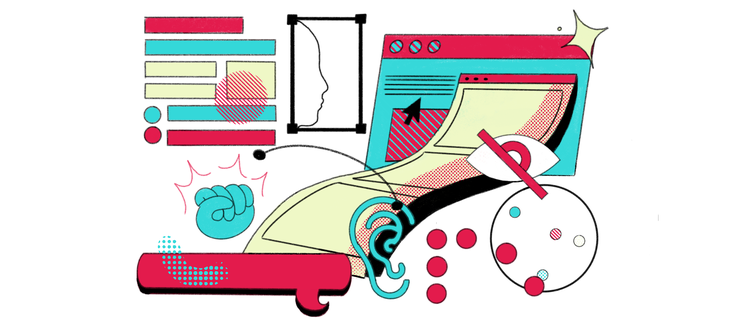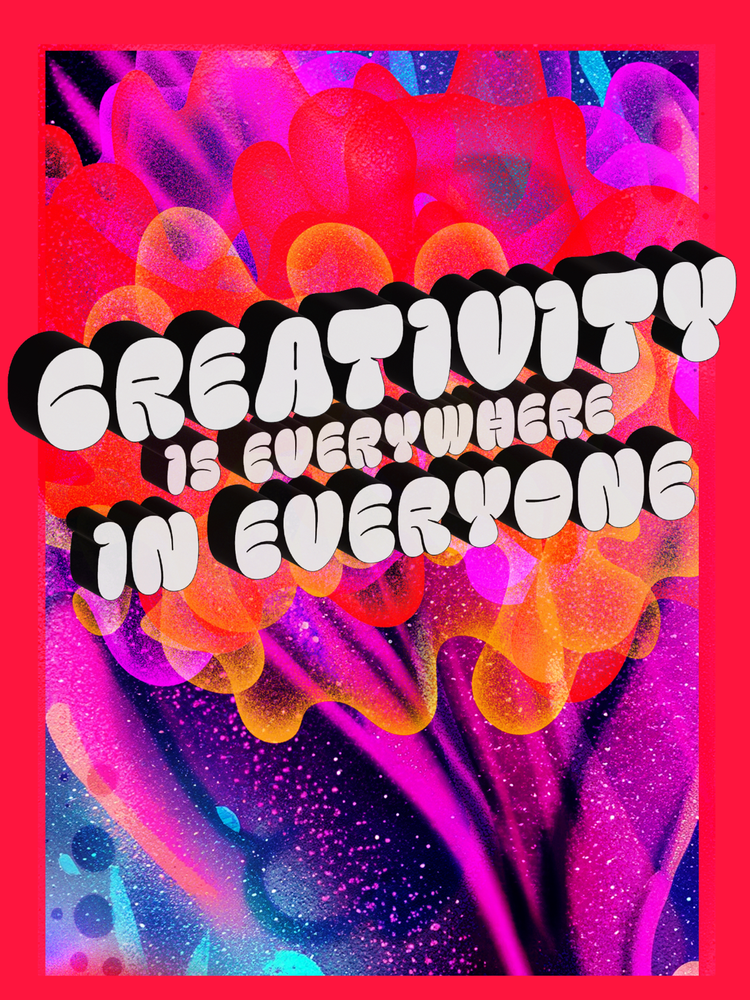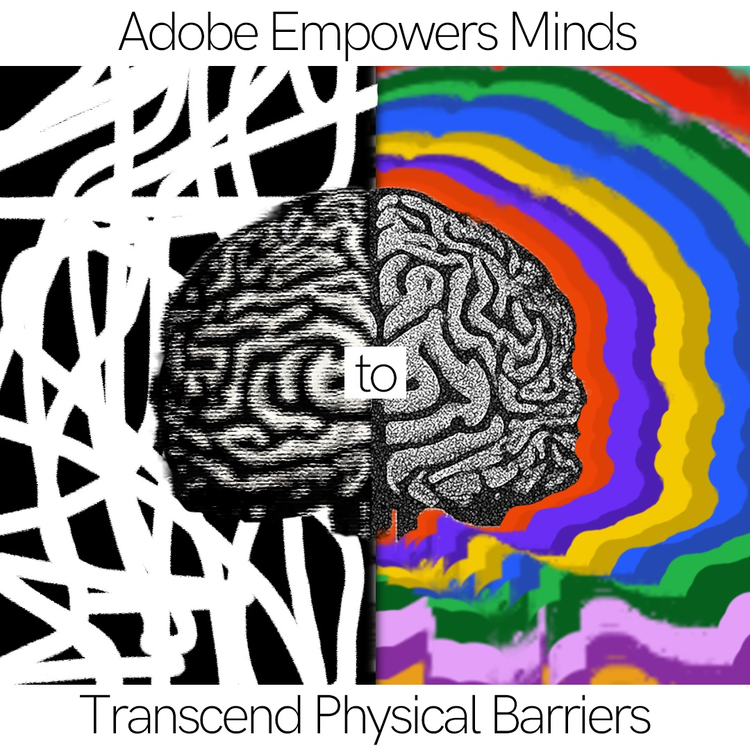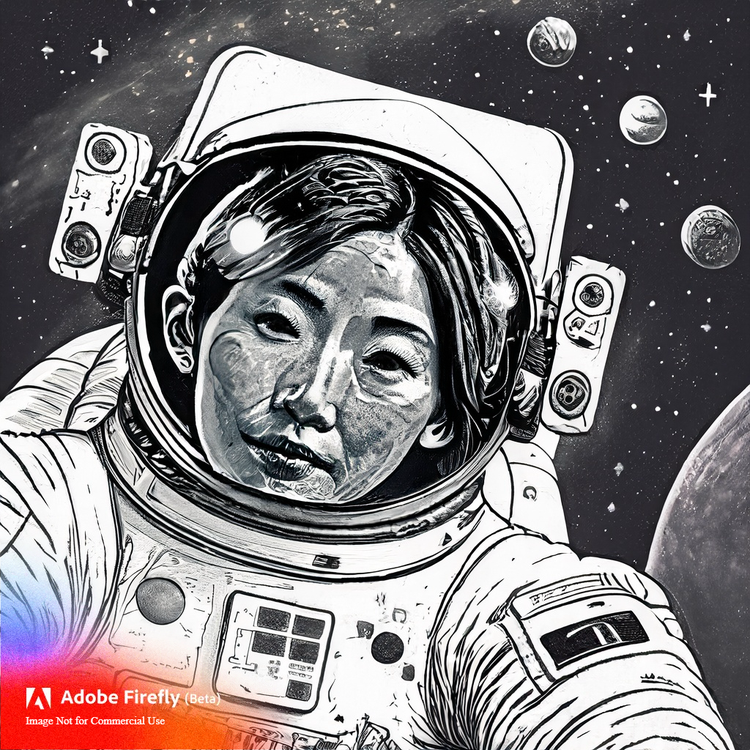Announcing Adobe’s new Accessibility Principles

Artist: Abby Kwon.
We believe that when people feel respected and included, they can be more creative, innovative, and successful, accessibility is essential to delivering on that mission. With more than one billion people with disabilities in the world, we are committed to removing barriers to make transformative change.
Imagine trying to use technology to complete an essential task and it is not accessible to you. This is the reality for many people with disabilities. Without digital accessibility built into these tools, this community can’t fully engage in the art, culture, and commerce of modern life.
Our Adobe for All vision is about constantly striving to move the needle forward towards a more diverse and inclusive world. We are developing technologies ethically and thinking about how we can make a positive impact on society.
Today during Adobe for All Days, our annual company-wide event where we come together to celebrate the uniqueness of Adobe’s people, product and purpose, we are reaffirming our long-time commitment to accessibility with the launch of new Adobe Accessibility Principles. These principles align with our core values and form the foundation for what we believe — everyone should be able to create, interact, and engage with digital experiences. These three principles will serve as our guideposts as we build thoughtful and inclusive technology that makes a difference in people’s lives. Our new Accessibility Principles are Partnership, Transparency, and Innovation:
- Partnership — We co-create with the community of people with disabilities to enable everyone to fully engage in the art, culture, and commerce of modern life.
- Transparency — We are open about Adobe’s accessibility philosophy, goals, and progress. We bring our customers into the journey and work with our community to design and implement technology that respects our customers.
- Innovation — We invent new inclusive technologies and collaborate with communities dedicated to digital equity to deliver outstanding experiences.
Adobe for All: Accessibility Principles in Action
As part of our dedication to inclusive innovation, we are committed to building solutions that support the needs of people and communities who are often overlooked. In addition to our new Accessibility Principles, we’ve formed an Adobe Accessibility Board to set the strategy, review progress and oversee our commitment to supporting people with disabilities.
"Creativity for All means everyone has access to express themselves and bring their imagination to life. Our goal with the Accessibility Board is to continue to make this vision a reality by bringing together leaders from across Adobe to help ensure that our products are accessible to people of all different skills and abilities. Together, we can build the next generation of inclusive features and products."
– Dana Rao, Executive Vice President, General Counsel and Chief Trust Officer at Adobe – Executive Sponsor, Accessibility Board
“I’m excited to be a co-chair for this board that includes Adobe leaders from diverse functional backgrounds, and roles — with their perspectives and insights, we will drive important initiatives to better prepare Adobe for the future. Representation from different parts of the business is vital to identifying opportunities we may have missed before.”
- Jace Johnson, VP, Global Policy, Government Relations, and Ethical Innovation at Adobe Co-Chair, Accessibility Board
Adobe for All breakout session: Integrate Accessibility: Principles to Foster Inclusive Practices
During Adobe for All Days, we are hosting a breakout session focused on the importance of advancing digital inclusion. The session will include a discussion with our superstar panelists who are living with disabilities. We will discuss what imagination means to them, their creative process, features and tech they use most often and what barriers they face. Our panel of creative professionals include:
Jen White-Johnson, an Afro-Latina designer from Baltimore, Maryland. She passionately advocates for disability design culture. Her journey with Adobe tools has been intertwined with her identity as a neurodivergent individual with ADHD and an autoimmune disorder. Through creativity and resilience, Jen exemplifies how creativity can open doors to new possibilities, even in the face of adversity.
“Creativity is everywhere, and I try to showcase my own creative visions by playing around with color vibrancy in my work, and that message resonates with both hip-hop culture and disability culture. We are marginalized communities and so when it comes to creativity, I work alongside those margins to bridge the gap between disability justice and DEI rights. I strive for my work to reach these communities and provide excitement about the endless creative possibilities that exist. We can design without boundaries when given access to the right tools, which is why I’m appreciative of the opportunity to work with Adobe and leverage its creative and accessibility tools to expand on my mission.”
“I was able to play around with textures using Adobe Firefly and have fun with layering and being able to create the way that I love, having no limits, and being able to express freely and vibrantly.”

Artwork by Jen White-Johnson.
Tom Babb is an inspiring individual who has defied challenges and found his artistic passion through Adobe software. He was in a wave accident at 19, leaving him paralyzed from the shoulders down. He had to relearn how to navigate the computer without the use of his hands, using his head movements for the mouse and speech-to-text to type. In 2020, Tom taught himself Adobe Illustrator, Photoshop, and Premiere Pro. The software has given him a new purpose and opened a world of possibilities. Now, he creates content for a startup called SkyFi in Austin. Thanks to accessible tools and assistive technology, he can make a living doing what he loves.
“As someone with limited dexterity, it’s easy for those outside of the disability community to assume my creative process is also limited to what I’m physically capable of, but that’s a huge misnomer. In fact, I’ve found ways to harness my abilities – coupled with Adobe creative and accessibility tools – to accomplish my goals and use my creativity in interesting ways at work. I’ve learned invaluable skills and traits from my creative process that have shaped more than just my work, but who I am as a person today. Now, I’m learning how to keep helping others in the disability community to do the same.”

Artwork by Tom Babb.
Manish Agrawal is the founder of iAccessible, a disability-owned social enterprise built on the premise of “nothing for us without us!” His organization channels the skills and experience of people with disabilities to bridge the Disability Divide. Manish has been blind for over 20 years and has been driving accessibility innovations at Microsoft and other companies for years.
“Generative AI is creating and expanding capabilities for the disability community in ways I had previously not thought possible. An example is how Adobe Firefly provides creatives with the ability to draw pictures easily, quickly and with precision and creative control that would’ve been challenging otherwise, or in some cases impossible. It functions like an extension of your mind, so you can convey your idea exactly how you envision it. This ability to communicate thoughts more effectively to others through generative AI is extremely powerful for my work, and what I’m most excited about is the fact that we’re only getting started. If we build these tools to be inclusive, the future will be bright!”

Artwork by Manish Agrawal.
“Adobe has always been committed to doing the right thing by focusing on people, purpose, and community. We remain dedicated to removing barriers for people with disabilities to help them enhance their work with power, precision, and ease of use.”
-Andrew Kirkpatrick, Director of Accessibility, Adobe